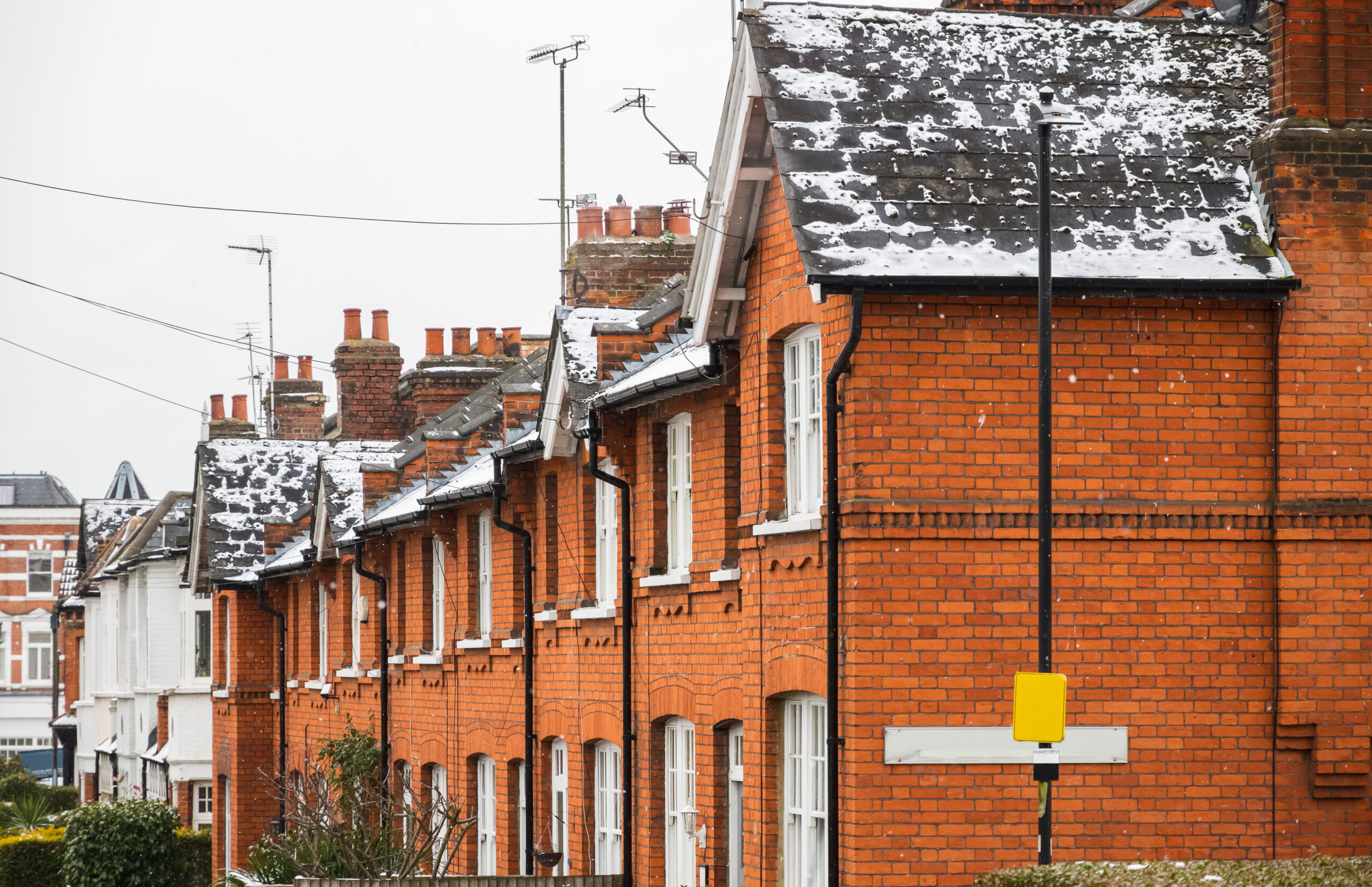The ability of the Low-Income Home Energy Assistance Program (LIHEAP) to deliver assistance with energy costs is in question due to the shutdown. LIHEAP is one of the few federal programs focused on supporting low-income Americans, including those over the age of 65, who are energy-cost burdened.
LIHEAP is funded by congress through the Department of Health and Human Services’ (HHS) annual appropriations bill. The HHS bill is one of 12 fiscal year 2026 appropriations bills yet to be enacted resulting in the government shutdown. Because of the government shutdown, federal LIHEAP funding provided to states is delayed, which will delay state administration of LIHEAP funds to residents that usually begins in early November.
States’ LIHEAP programs are often oversubscribed and most states do not have enough funds left over from the year to fund the benefits beyond November and there is not a continually appropriated contingency fund in the event of appropriations lapse.
Energy costs consume so much of the budgets of households with the lowest incomes that the U.S. Census Bureau found that, in 2023 alone, 68,000 older adults were lifted out of poverty because of energy assistance. Around 2.4 million older adults access LIHEAP for energy assistance, mainly for heating.
Eligibility for the program is based on income under the federal poverty level or state median income guidelines. States also have the flexibility to define a household as “categorically” eligible if at least one person in that household receives assistance under other programs such as SNAP, social security income or “certain means tested veteran’s programs.”
Any potential loss or delay of these benefits could have an outsized impact on rural households which have a higher median energy burden than metropolitan households.
Nationally, one analysis found that the median rural household energy burden is 42% greater than the median metropolitan household energy burden. The same analysis found that rural older adult households (i.e., with a householder aged 65 or older) see above-average energy burdens as compared with the national rural median (5.6% versus 4.4%) a 44% greater burden than their non-elderly counterparts.
LeadingAge generally tracks programs that support the health and well-being of older adults. Throughout the year, we have tracked the effect of the administration’s reduction in staff as well as budget reductions on this program.
The Trump Administration requested congress eliminate funding for LIHEAP in FY26; House and Senate HHS spending bills subsequently included funding for LIHEAP in their respective appropriations bills. Also this year, in April 3, LeadingAge covered the reductions in staff at HHS, which included the firing of all LIHEAP staff. The elimination of this staff puts further pressure on the release of funding to eligible households as there are few staff to administer distribution.

 Shutdown Week Three: Impact of Ongoing Closure on Affordable Housing
Shutdown Week Three: Impact of Ongoing Closure on Affordable Housing


